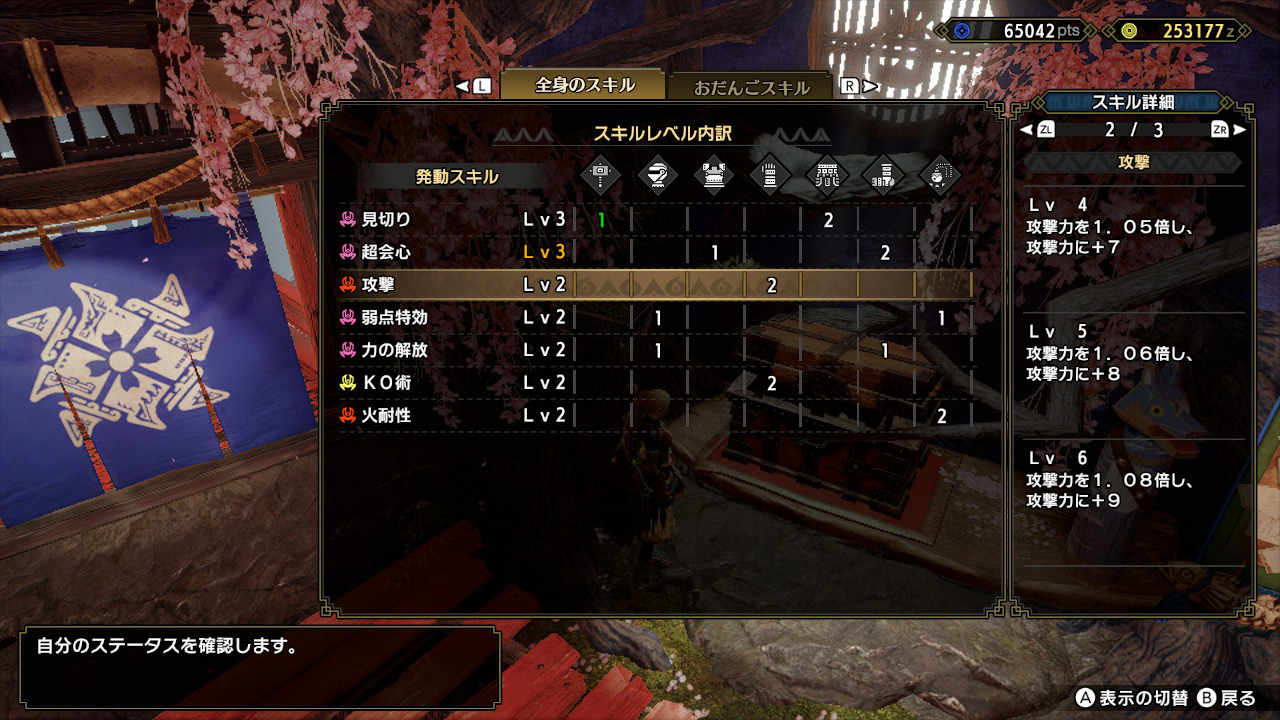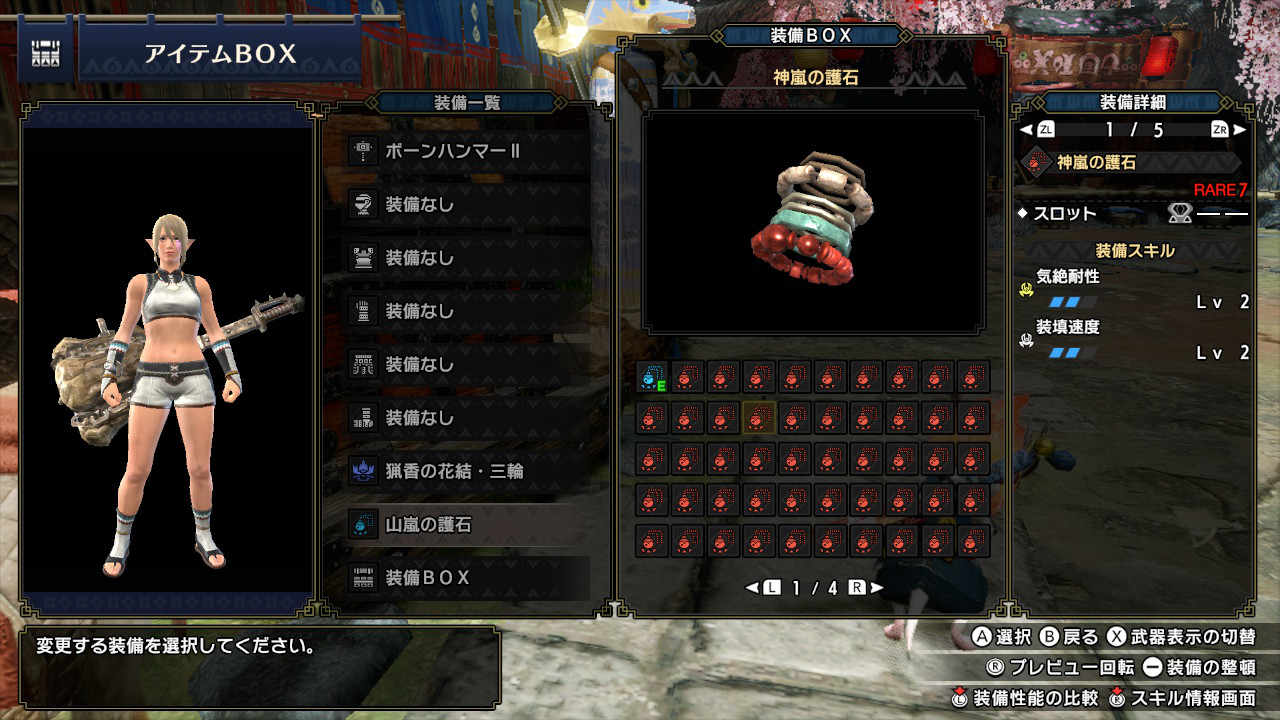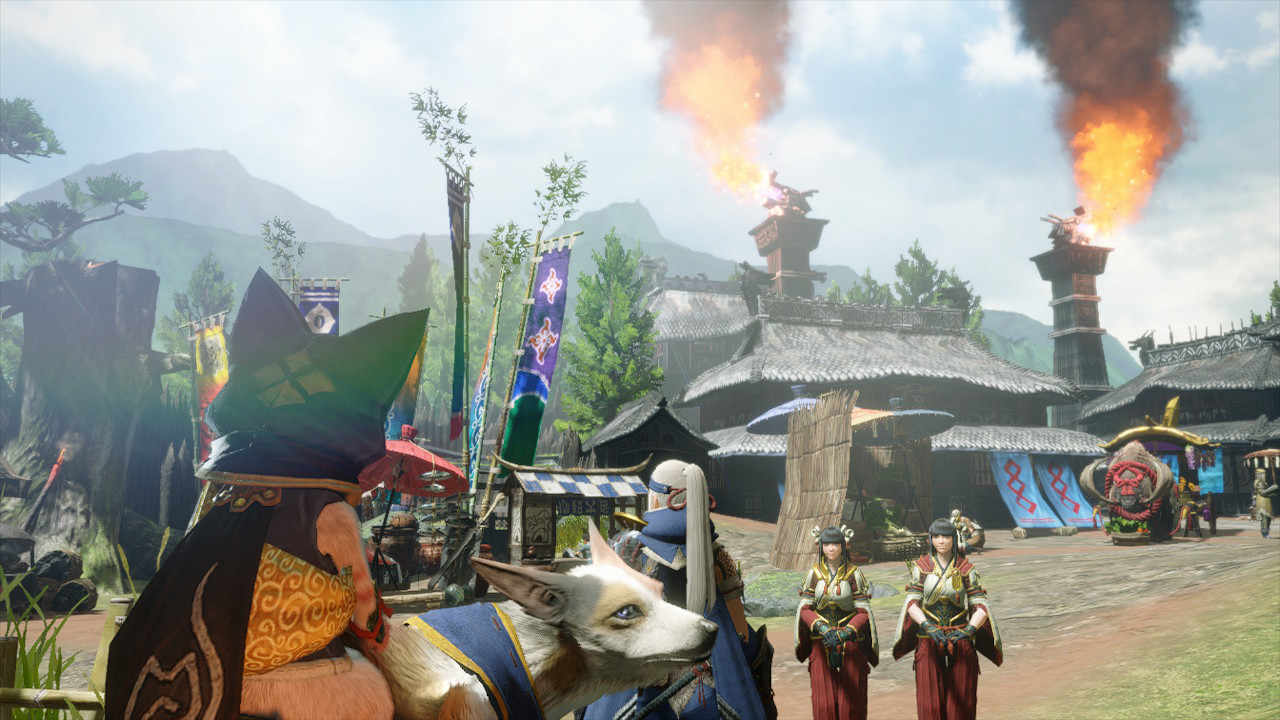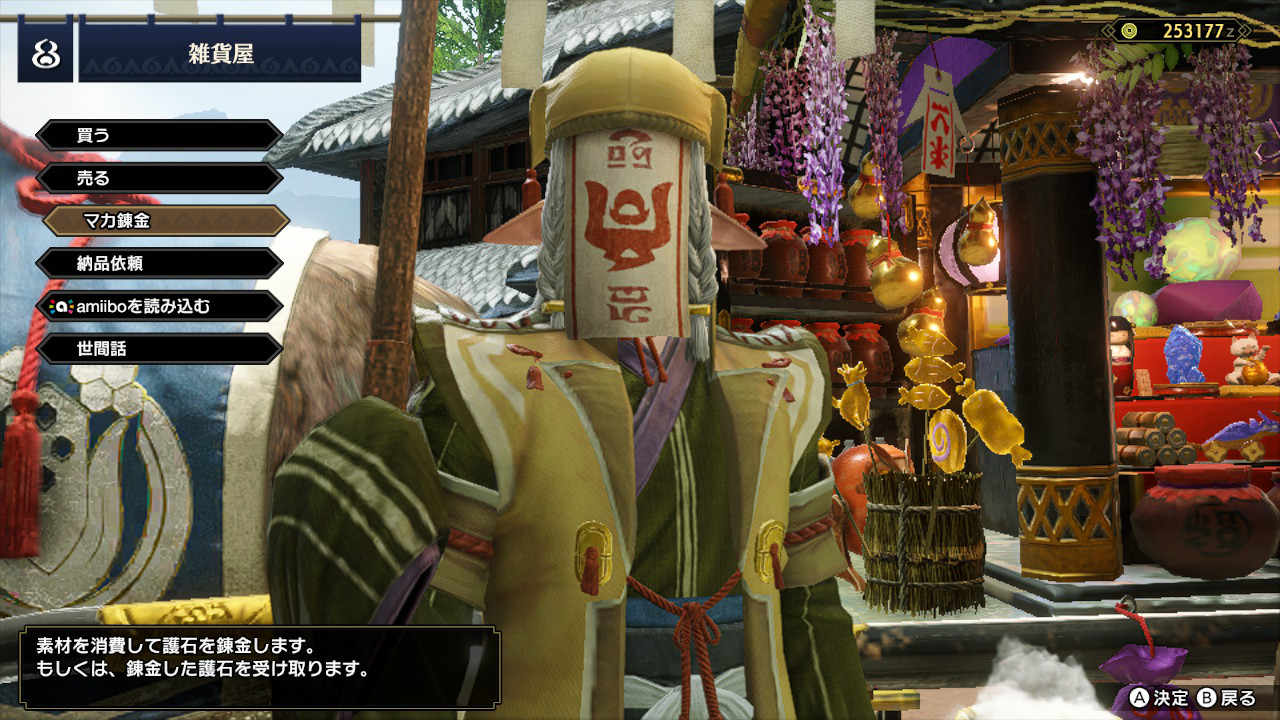Publication date of the original Japanese article: 2021-04-16 15:43 (JST)
Translated by. Sachi Salehi
Some time has passed since the release of Monster Hunter Rise, and many hunters are likely to be working hard creating their ideal equipment or farming rare materials. The latest topic at the center of discussion among these hunters is the “gout table”.
This lingo comes from combining existing terms from Monster Hunter that are surely familiar to veteran Japanese players of the series. On the other hand, those who began hunting with Rise, or those who are even completely unfamiliar with the series may have no idea as to what it means.
The origin of the term “gout table” is also particular to Japanese, which makes it hard to understand for players of other locales. The mere mention of “gout” might even be frightening for some. For those who are a little lost, this article will unravel the stories behind where this lingo comes from, and how it became viral.
What are the “talismans” that seasoned hunters are after?

Recent titles in the Monster Hunter series have a skill system that enhances the abilities of hunters. Skills are activated when the total skill points given by armor equipped in each area (such as chest, arm, and leg armor) reach a fixed number. Some skills even become more effective with a higher total of skill points.
In Monster Hunter: World and Monster Hunter Rise, the skill points required to activate a skill are now skill levels. This level system activates a skill as long as the skill level is above one, making it simpler than the point system.
Skills allow for many different enhancements : increasing attack power with “Attack Boost”, negating the effects of the stun status which incapacitates players with “Stun”, and making it easier to dodge attacks from monsters with “Evade Dist”. Players can hunt more efficiently and raise their abilities according to their own playstyle by planning their amor build around these skills.

However, there is a limit to the skills available when relying on armor alone. This is where hunters in search of further enhancement seek out “talismans”. Talismans are equipment that add skills similar to armor. The skills given by talismans vary randomly and differ based on the talisman obtained. For example, a certain talisman can add the skills Quick Sheath and Attack Boost, while another can add the skills Stamina and Stun.
On top of that, there are talismans of different rarities. Skills that are versatile regardless of weapon type, such as Critical Boost which increases the damage of critical hits and Handicraft which extends the weapon sharpness gauge, are more likely to be on talismans of higher rarities. Some talismans even add multiple of these useful skills. As a result, seasoned hunters are continuously farming difficult quests where rare talismans can be obtained. This farming has become a common endgame play known among experienced Japanese hunters as “talisman marathoning”.
One theory rises as a result of talisman marathoning

This is where the story slightly goes back to previous titles. In the third generation of Monster Hunter games, some hardworking hunters began to record the skills of each of the hundreds and thousands of talismans they farmed. Among the debates around these records rose a certain theory. The theory was that the skills of the talismans (charms) were not randomly generated, but rather the talismans that could be obtained were calculated according to a certain cycle with regularity.
So why did this theory come up? First, there was the fact that talismans of only a few types of skills were recorded out of thousands when they were supposedly randomly generated. On top of that, at a certain point talismans with the same skills could be continuously mined. Many stepped up to confirm this theory, and the theory was further tested with massive amounts of data. As a result, people concluded that talismans were selected based on the charm table their character was on, and that this table was fixed to each character.
This chain of events led “table” to become common terminology within the series. These conclusions are still just a theory, and it should be known that they are not official mechanics.
Repeated tests led to the “gout table”

Now we return to the newest installment in the series. In Rise as well, hunters in pursuit of their ideal talisman are testing mechanics around the clock. To test the mechanics, the melding pot option “Melding – Wisp of Mystery” which generates skills randomly was chosen. Data from multiple sources has been posted on social mediaand is now being used as reference material.
According to the current results, players theorize that the talismans that can be obtained are generated based on a table in this title as well, based on the fact that after a certain cycle the same talisman can be obtained similar to previous titles. As more hunters test the mechanics, various types of tables have been discovered. One of those tables is the “gout table” that is currently at the center of discussions.
I just recently found out that the pictured Weakness Exploit Lv2 Windproof Lv2 no slots is apparently the worst type, and belongs to the worst table known as the “gout table”. I also have a charm that is Quick Sheath Lv3 Fire Attack Lv1 so it’s pretty much confirmed. Seems that my file won’t give any good charms.
The term “gout” that is being tossed around with tables refers to the skills that a talisman has to determine whether a player has the gout table. Specifically, obtaining a talisman that is Weakness Exploit Lv2, Windproof Lv2, with no slots. It is a sign that a player is stuck on the gout table.
The term “gout” itself comes from combining the Japanese names of the skills. Tsūfū, the Japanese term for gout, is made up of the characters 痛 (tsū) and 風 (fū). In Japanese, the skill Weakness Exploit was formerly known as 痛撃 (tsūgeki), and Windproof was known as 風圧 (fūatsu). Taking the first character of each and putting them together creates 痛風 (tsūfū), which is inadvertently also the term for the medical condition and led to “gout table”.
The name itself was intriguing, however the fact that this was an “unwanted table” that left players without any good talismans for a long time really pushed it into the spotlight. As a result, it was so heavily discussed to the point that it hit trending on Twitter. Though it may seem repetitive, it should be known that for the most recent title as well this information is all an unofficial theory.
Though a painful term was born from these events, regardless of their usefulness, talismans themselves are a piece of equipment that help expand the range of armor builds. Rise has also added an abundance to the variety of materials used to create talismans. Materials can naturally stockpile as players hunt down various monsters, without needing to farm a specific monster on end. Those who are playing this series for the first time should also make use of melding as one of the fun features outside of hunting and have a full and rich hunting experience.





